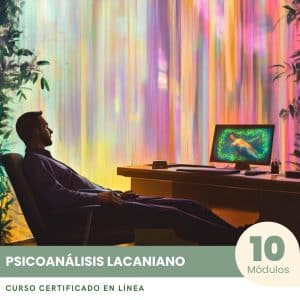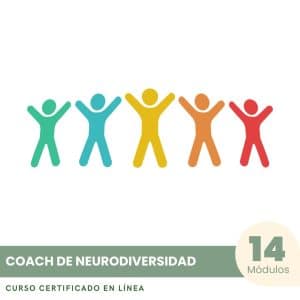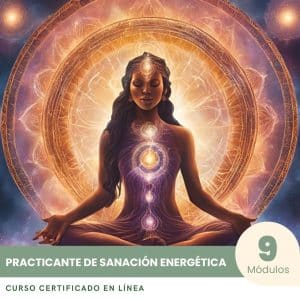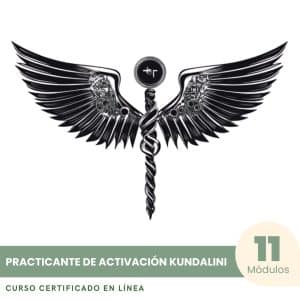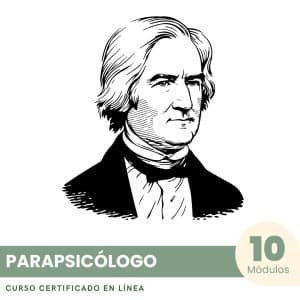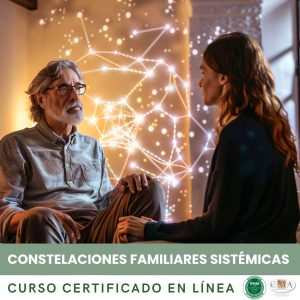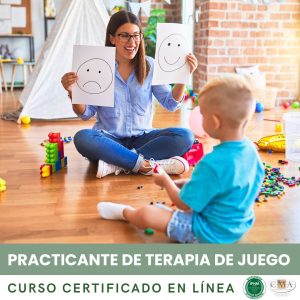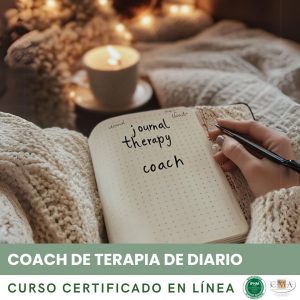
Laughter therapy is based on three fundamental principles that set it apart from other therapeutic approaches using humor or laughter:
Firstly, laughter is considered as a therapeutic tool in its own right, not a mere adjunct or side benefit. In laughter therapy, laughter is deliberately induced and extended to maximize its physiological and psychological benefits. Laughter exercises are practiced regularly and in a structured way, like a form of “emotional gymnastics”.
Secondly, the focus is on laughter for no reason, that is, laughter triggered by will and play, independent of a humorous stimulus. Unlike humor, which relies on jokes, puns, or comical situations, laughter for no reason is a skill one can cultivate and practice at any time. It involves simulating laughter, consciously and deliberately, until it becomes genuine and contagious.
Thirdly, laughter therapy is fundamentally a group practice. Laughter exercises are always performed in a group setting, as laughter is by nature a social and communicative behavior. Group dynamics amplify the effects of laughter through a phenomenon of resonance and mutual entrainment. Sharing laughter creates an empathetic and benevolent connection among participants, who support and encourage each other.
In summary, laughter therapy offers a unique and counter-intuitive approach: instead of passively waiting for laughter to occur in reaction to something funny, it is actively initiated as a physical and emotional exercise, for no other reason than the decision to laugh together.
This approach has several advantages:
– It makes laughter accessible to everyone, regardless of their sense of humor or initial emotional state. Even those who are not in a joyful mood can benefit from the positive effects of deliberate laughter.
– It prolongs the effects of laughter beyond a few seconds, by maintaining sustained laughter for several minutes. The duration of laughter is a key factor in its therapeutic impact.
– It creates a sense of camaraderie and mutual support among participants, who share a positive experience and reinforce each other in the practice of laughter.
In practice, a laughter therapy session alternates simulated laughter exercises, breathing and relaxation techniques, and interactive games to stimulate genuine, shared laughter. The therapist’s role is to guide and encourage the participants, create a safe and caring environment, and adapt to the energy level and receptiveness of the group.
Over the sessions, participants learn to let go, express themselves more freely and cultivate a positive attitude. They directly experience the benefits of laughter on their physical, mental and emotional well-being. Laughter therapy thus acts as a training in joy and resilience, which can be translated into daily life.
Key points:
– Laughter therapy considers laughter as a therapeutic tool in its own right, not merely an adjunct. Laughter exercises are practiced regularly and in a structured fashion.
– The focus is on “laughter for no reason”, triggered by will and play, independent of a humorous stimulus. It involves simulating laughter until it becomes genuine and contagious.
– Laughter therapy is a group practice, where the collective dynamics amplify the effects of laughter through a phenomenon of resonance and mutual entrainment.
– This approach makes laughter accessible to everyone, extends its effects beyond a few seconds and creates a sense of camaraderie among the participants.
– A session alternates simulated laughter exercises, breathing and relaxation techniques, and interactive games. The therapist guides and encourages participants in a caring setting.
– Laughter therapy acts as training in joy and resilience, whose benefits can be translated into daily life.
👉 To download docx (Editable) file click here : Click here
👉 To download PDF file click here : Click here
👉 To download MP3 file click here : Click here
